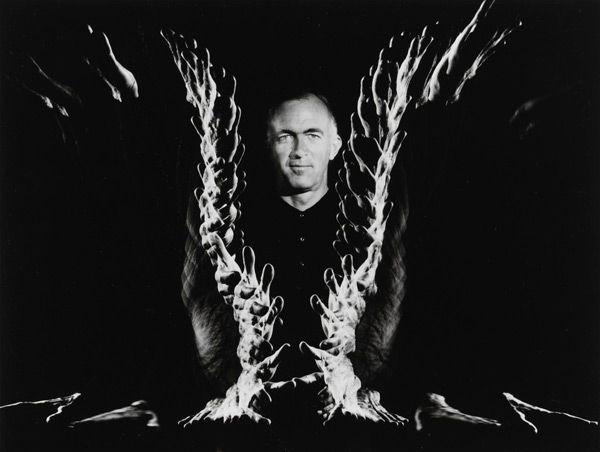There's a stroboscopic photo of a golfer swinging a golf club around, which shows a sequence of images of the club in a circle. Many people seem to know the image.
I was amazed to discover that the photograph was taken in 1938 by Harold Edgerton, an American professor from MIT, who invented ultra-high-speed photography. The photograph was taken through an open shutter with a pulsed light exposing hundreds of sequential images per second. If my memory serves me correctly, a photo similar to the original was published in colour in LIFE Magazine in the early 1960s by Ben Shahn, a staff photographer, but of much better quality.
In 1965, someone came into my studio and asked if I knew that particular photograph, saying that Mr Jørn Utzon wanted a similar shot (probably after seeing it in LIFE). He wanted to explain something about the type of windows he wanted for the Opera House, which apparently caused problems.
I remember saying that I was a photographer, not a magician; and that the person who took the ‘golfer photograph’ had probably spent a million dollars developing it; that one could not buy the flash and, even if it was available, It would cost a fortune. (These days the stroboscopic flash is small and readily available, but I don't think I even had an ordinary flash at the time, as I had no use for one.) Unfortunately, the person concerned had told Mr. Utzon that I was a great photographer and he was coming to the studio in a few days’ time. On that I uttered an expletive, as I had no idea how to go about shooting the photo. To make matters worse, it seemed Utzon wanted to wait for the shot and take it with him on leaving. I couldn't use Polaroid film, as it was in its infancy in Australia and I'd never even handled it.
The fateful day soon arrived and Utzon appeared on my doorstep. At least by then I bad managed to devise a method of making the photograph he wanted without a stroboscope.
I used a different light on his face from his hands. I decided to use cross lighting which I now think was a good decision, but it gave the centre of his face a wide black strip. So I first photographed his face with one side light, using a 5x4 inch plate camera. After exposure, I switched that off and used my black camera cloth to cover his face. I switched on the two lights for his hands, which I photographed one shot at a time, as he moved them a little further after each exposure. In all, I took approximately 30 separate photos of his hands on the same negative - a sort of slow-motion version of Edgerton's original!
Film development normally took 10 to 15 minutes in a special diluted film developer, 10 minutes in a fixing bath, followed by half an hour rinsing in water. I couldn’t keep Utzon waiting that long; so I exposed the 400 ISO film at 1000 ISO and hand-developed a single sheet of film in concentrated paper developer - I think for 1 1/2 minutes. A few seconds in a stop bath, a very short time in a new rapid fixer, a ‘swoosh’ through water and I was ready to put the hand-wiped negative in the enlarger for a quick print.
Mr Utzon was delighted with the result, but I was not. I convinced him to do a second and third shot. However, having been very patient with me, he told me he was very busy and had to leave. I did a reasonably large print for him from the best negative and he left the studio within two hours.














